Yankees revive Montgomery pursuit but significant gaps cloud contract talks
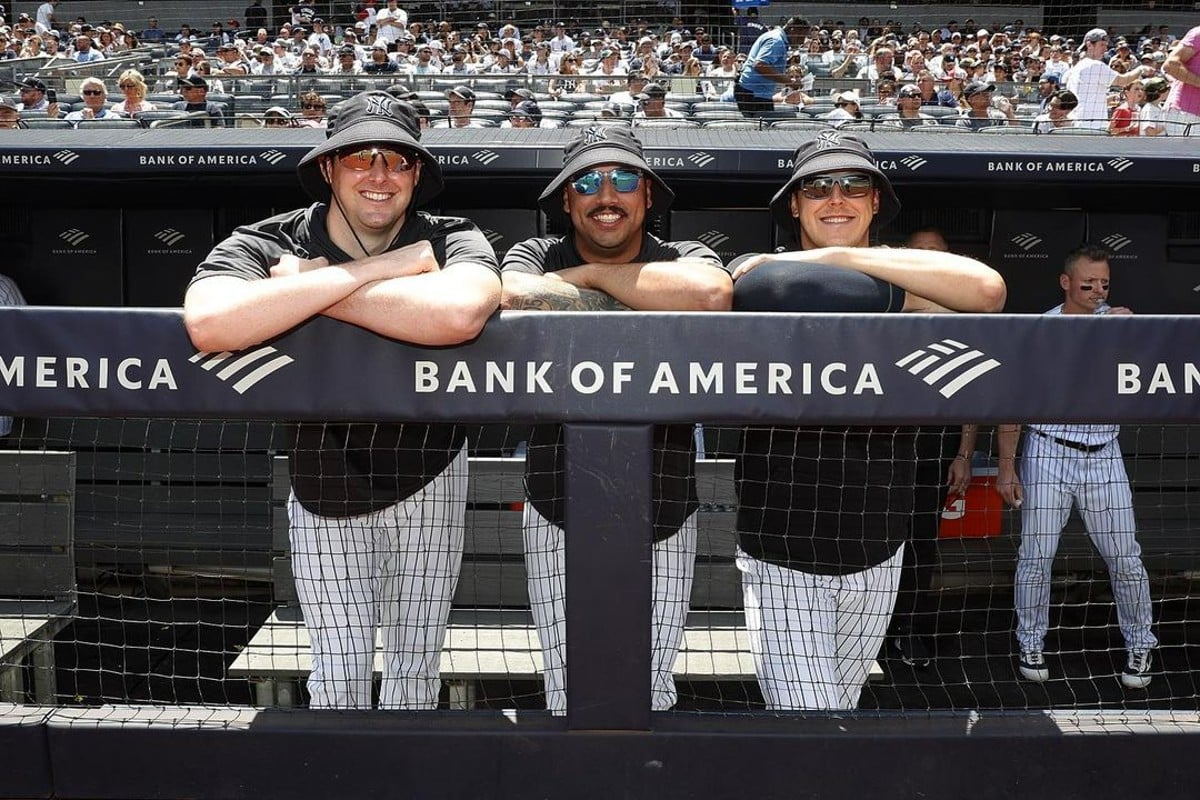
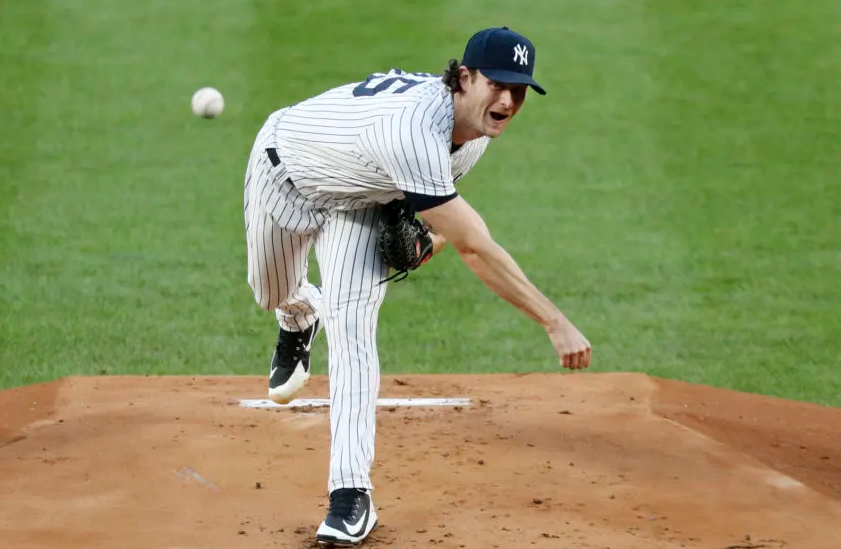
Michael Bennington
More Stories By Michael Bennington
- Mother’s Day: How Anthony Volpe’s mom molded him into a Yankee phenom
- Yankees trim payroll, part ways with Jon Berti to save $3.8 million
- Insider reveals Christian Walker and three more stars as Yankees’ offseason targets
- Aaron Judge looks ahead to 2025 with Yankees and Juan Soto: ‘We need him back’
- Red Sox legend hints at Juan Soto joining Boston If Yankees can’t seal deal
Table of Contents
According to Jon Heyman of the New York Post, the New York Yankees are back to courting free agent left-handed pitcher Jordan Montgomery. However, a significant gap persists between Montgomery’s desired contract terms and the Yankees’ budgetary limitations.
Montgomery finds himself as a highly coveted free agent, representing one of the final marquee clients from the Boras Corporation who has yet to sign a deal. While other prominent free agents like J.D. Martinez remain unsigned, Montgomery completes a group that initially included Cody Bellinger, Matt Chapman, and Blake Snell. Notably, those players all opted for short-term deals (three years for position players, two years for Snell), allowing them the potential to re-enter free agency after the upcoming season.
At 31 years old, reports suggest that Montgomery prioritizes securing a longer-term contract. As of March 8th, Heyman’s report indicates that Montgomery seeks a seven-year deal. Earlier discussions even explored the possibility of surpassing Aaron Nola’s recently signed $172 million contract with the Philadelphia Phillies. However, with Opening Day looming just a week away, reaching either of these benchmarks seems increasingly improbable.
The Yankees’ renewed discussions suggest their interest in acquiring Montgomery’s services. However, bridging the gap between his desired contract length and their financial constraints will be crucial to reaching a successful agreement. Both parties face a ticking clock as the season opener rapidly approaches.
Montgomery talks: Long-term Deal or QO concerns?

There might be a strategic reason behind Jordan Montgomery’s preference for a long-term contract, separate from his desire for security. Unlike other free agents like Blake Snell, Matt Chapman, and Cody Bellinger, Montgomery wasn’t eligible to receive a qualifying offer (QO) this offseason. This is because he was traded from the Cardinals to the Rangers mid-season in 2023.
The QO, while offering a guaranteed one-year contract, comes with strings attached. Players who reject a QO and sign elsewhere force their former team to forfeit draft picks as compensation. Snell, Bellinger, and Chapman previously declined QOs, making them ineligible to receive another one this year due to the collective bargaining agreement (CBA) which limits a player to one QO in their career.
While Montgomery could be offered a QO in the future, it could potentially decrease the appeal of re-entering free agency next year. As pointed out by MLB Trade Rumors’ Darragh McDonald, a strategy could involve delaying a contract signing until after the regular season starts. The CBA stipulates that only players who spend the entire previous season with the same team are eligible for a QO.
Whether this significantly impacts Montgomery’s decision-making is uncertain. Perhaps he’s simply more patient than the other free agents, holding out for a long-term offer. This preference aligns with his aspirations upon entering free agency, especially after contributing to the Rangers’ first World Series win. Montgomery boasts a strong track record, including a stellar 3.20 ERA in 2023 and a consistent performance with over 30 starts per year while maintaining an ERA under 4.00 for the past three seasons.
Free agency frenzy fizzles as financial constraints remain
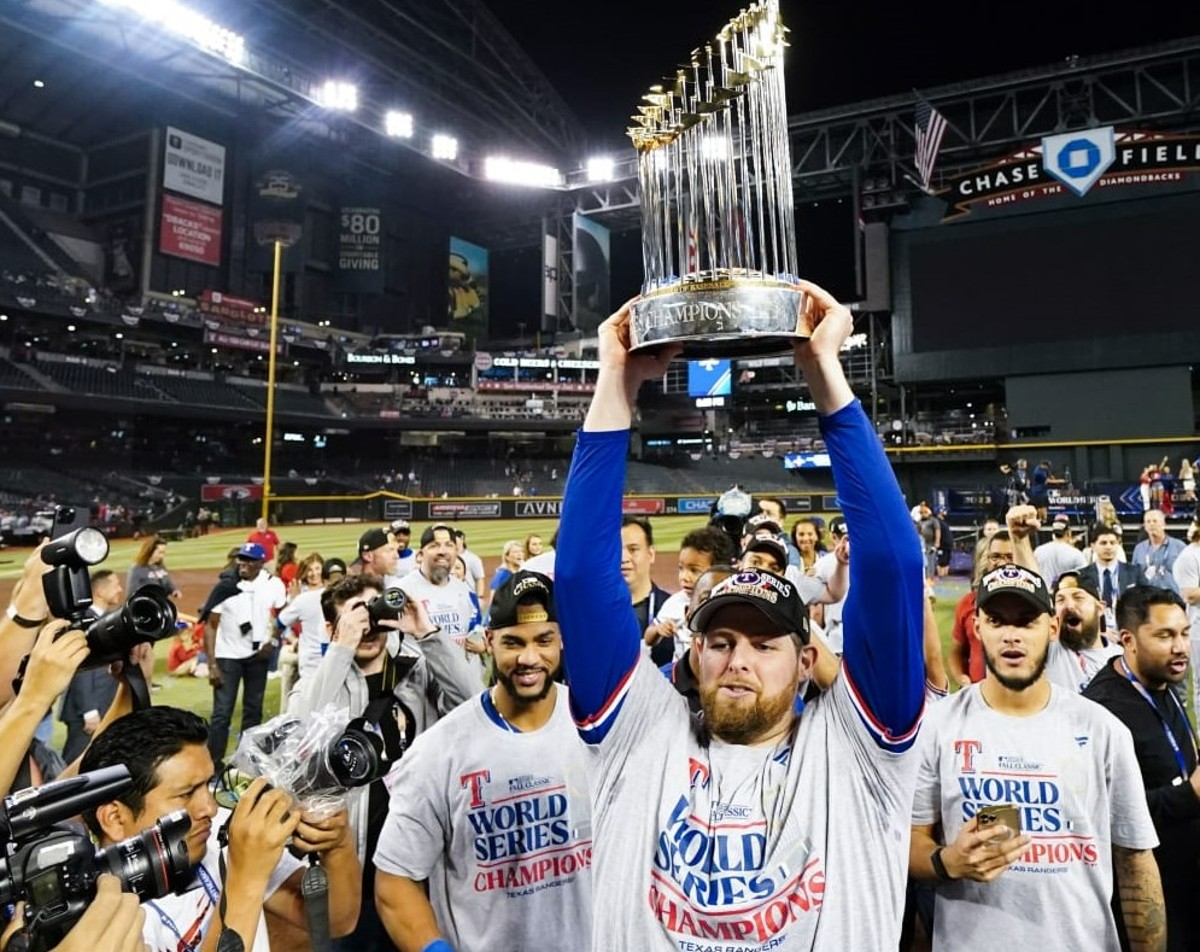
The anticipated free-agent spending spree hasn’t quite materialized for several teams. Take the Texas Rangers, for instance. Their offseason activity has been relatively subdued due to concerns surrounding their local broadcasting contract.
To secure another year with Diamond Sports Group, the Rangers had to accept a reduced rights fee, dropping from their previous deal of roughly $111 million annually to $90 million, as reported by Jon Heyman. Even with this agreement in place, doubts linger regarding Diamond Sports Group’s long-term financial stability beyond the upcoming season.
While the New York Yankees aren’t facing similar anxieties about their television contract, owning a majority stake in the YES Network grants them a significant advantage. However, their primary hurdle in free agency stems from exceeding the luxury tax threshold. Surpassing the $297 million limit has triggered the highest tier of penalties. This is due to the Yankees exceeding the Competitive Balance Tax (CBT) for two consecutive seasons. As a penalty for these repeat offenses, any additional signings would incur a hefty 110% tax on the average annual value of the contract, further restricting their financial flexibility.
In essence, both the Rangers’ concerns about future revenue and the Yankees‘ hefty luxury tax penalties are contributing to a more cautious approach in the free agent market. This unexpected shift emphasizes the financial realities impacting certain teams and highlights the complexities teams face in navigating free agency.
Yankees rotation faces uncertainty as luxury tax looms large
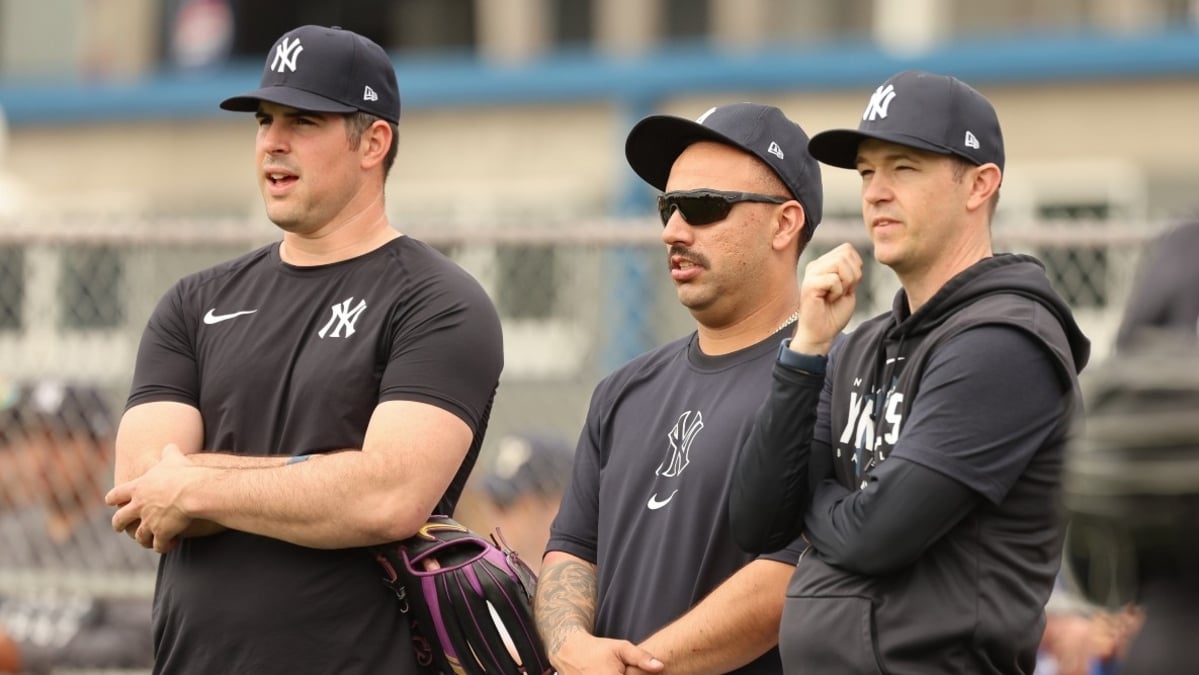
The New York Yankees face a precarious situation with their starting rotation due to a combination of factors. Their self-imposed restrictions in staying under the luxury tax threshold have limited their ability to make significant additions. This is particularly concerning given the current state of their pitching staff.
The Yankees are without Gerrit Cole, their ace pitcher, sidelined until May or June with elbow inflammation. Furthermore, the blockbuster trade that brought Juan Soto to the Bronx resulted in the departure of several promising young pitchers – Michael King, Jhony Brito, Randy Vásquez, and Drew Thorpe. These losses leave the Yankees’ pitching depth thinner.
Marcus Stroman, signed to a two-year deal this offseason, represents their sole notable addition to the rotation. The projected starting lineup includes Nestor Cortes (Opening Day), Carlos Rodón, Marcus Stroman, and Clarke Schmidt. However, the fifth spot remains a question mark. Options include swingman Luke Weaver or unproven youngsters like Clayton Beeter, Luis Gil, or Will Warren. This lack of established depth creates a risky scenario, as any injury to one of the top four starters could significantly impact the pitching staff.
While Jordan Montgomery, a former Yankee who underwent Tommy John surgery in 2018, might not be ready for Opening Day due to limited spring training innings, his past durability makes him a potentially valuable asset. Despite some criticism surrounding his trade to St. Louis in 2022, there’s a clear fit for Montgomery’s return to New York. Recent rumors have linked Montgomery to the Red Sox and Mets, but neither team seems eager to make a major financial commitment at this point in the offseason.
The Yankees’ desire to stay under the luxury tax creates a complex situation. They need pitching depth but are limited in their options. Montgomery could potentially be a solution, but they must weigh his potential impact against the current free agent market and their budgetary constraints.
What do you think? Leave your comment below.


 Follow Us
Follow Us








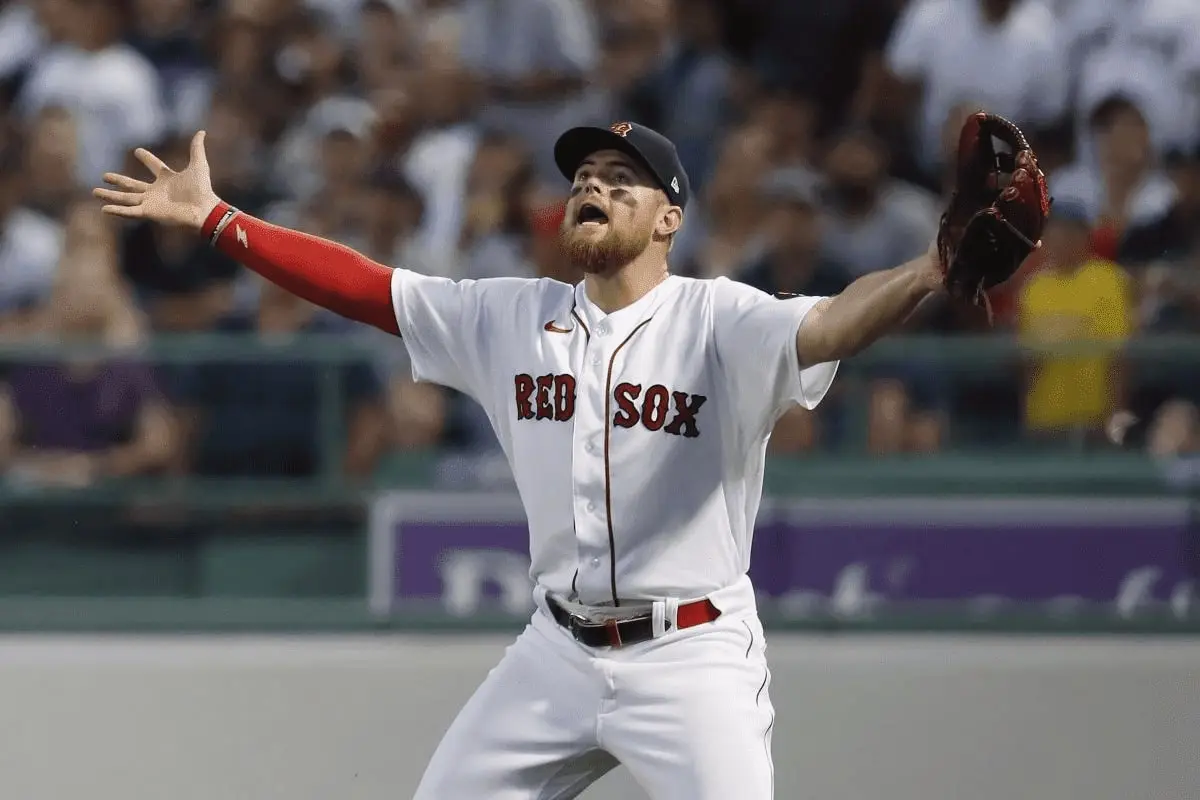
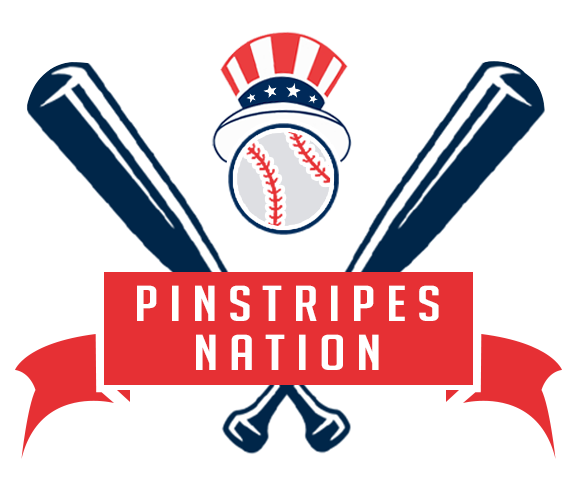
How much crow would Cashman have to eat to have Monty even think about coming. ack here? Also, the biggest pitch usage change Monty has gone through to make him a better pitcher is essentially cutting out the 10% of Cutter usage for an additional 10% jump in his FB usage. Yankees are an anti-FB organization. Yankees run off analytics/cold hard stats. What does Cashman do when faced with this conundrum? What’s more important, Cashman’s anti-FB philosophy, or letting Monty pitch with his new, much higher FB usage?